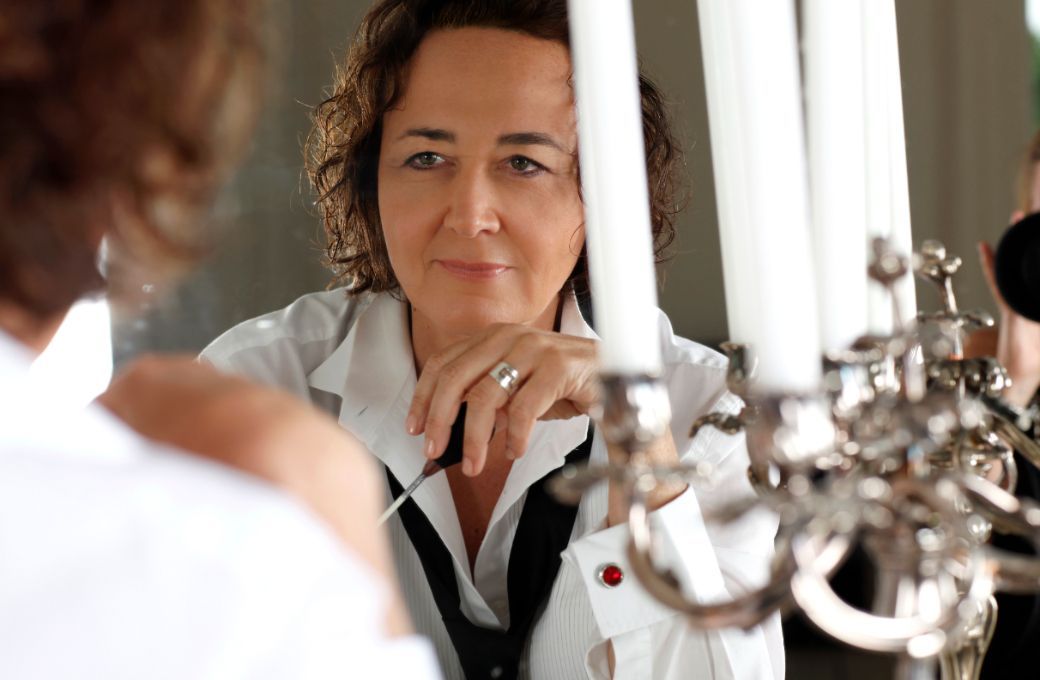The Philadelphia Orchestra and Kimmel Center weathered a cyber attack last weekend that paralyzed their websites and imperiled their ability to sell concert tickets. Luckily, the band played on inside Verizon Hall, and the audience members who managed to gain entry despite systemwide software outages were better for it. In her third local appearance this season, principal guest conductor Nathalie Stutzmann affirmed her reputation for freshening up the most familiar of warhorses, with an expansive and audacious account of Brahms’ Symphony no. 1 in C minor. It was a case of a work that gets programmed nearly every season sounding as energized as a world premiere.

I’ve often found Brahms an imperfect fit for the Philadelphians. Their sound tends toward the polished and polite. Soft textures and supreme blending define the style. But here’s a composer who requires some rough edges and a little unabashed richness. It’s the difference between chateaubriand and strip steak. Stutzmann found a way to harness the orchestra’s familiar qualities in service of the more elemental sound she wanted. The Philadelphia strings held their usual blooming quality in the Allegro, but it was underlaid with a biting acidity. The timpani strikes from Don S Liuzzi felt violent and visceral.
The Andante sostenuto was full of smart details and notable contrasts, like the heavy vibrato in the low strings that differed from the light transparency of concertmaster David Kim’s solo passages. The warm glow of Philippe Tondre’s oboe glided above the bombastic action, setting up the harmonious handoff of the melody to Kim and principal horn Jennifer Montone later in the movement. The brief Allegretto had a quiet intensity that prepared the listener for the knife’s-edge pizzicato in the Adagio. Throughout, Stutzmann encouraged the musicians to foreground emotion over precision – despite a murky passage here and an abrupt entrance there, the end result was among the most exciting performances of this symphony I’ve ever heard.
The all-Brahms program opened with the Violin Concerto in D major. Soloist Gil Shaham fared best in the lyrical Adagio, his soft-toned sound projecting the intimacy of chamber music. Oboist Tondre and flutists Patrick Williams and Erica Peel also contributed elegant playing here. Stutzmann stirred up genuine dramatic tension in the Allegro giocoso, a preview of what was to come in the concert’s second half. The Allegro non troppo gave a sense of everyone still finding their way into the music. The amiable Shaham favored the crowd with Scott Wheeler’s Isolation Rag as an encore. Composed at the height of the Covid lockdown in April 2020, it quotes from Brahms and Mendelssohn, suggesting the fragmented loss of music in that dark time. But Shaham’s performance of the spritely tune before a packed audience nearly three years later was one of pure exuberance.


